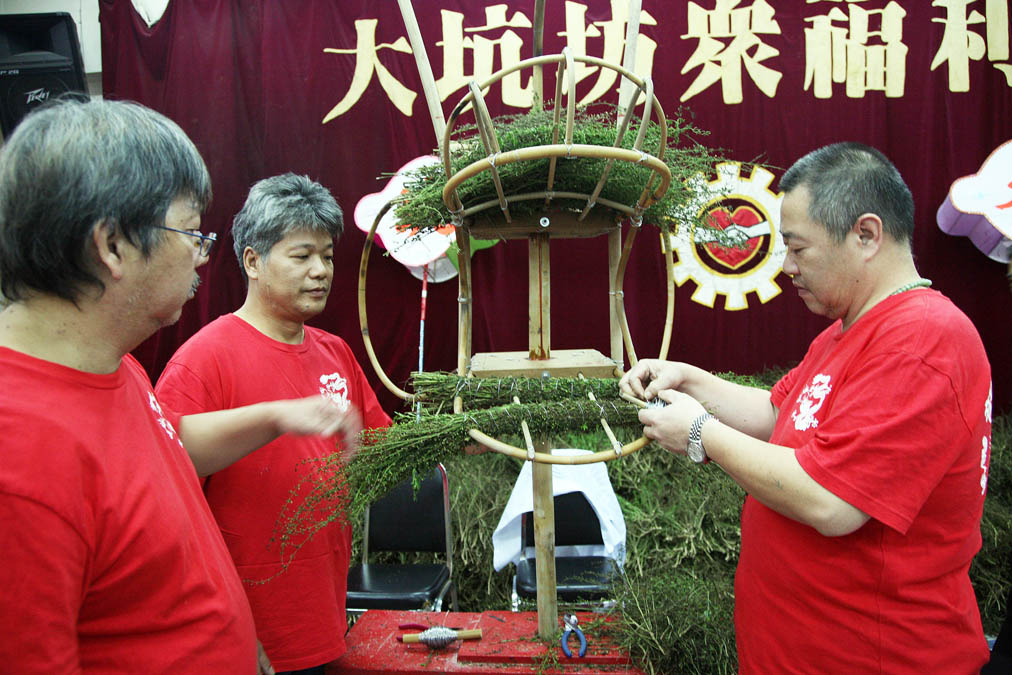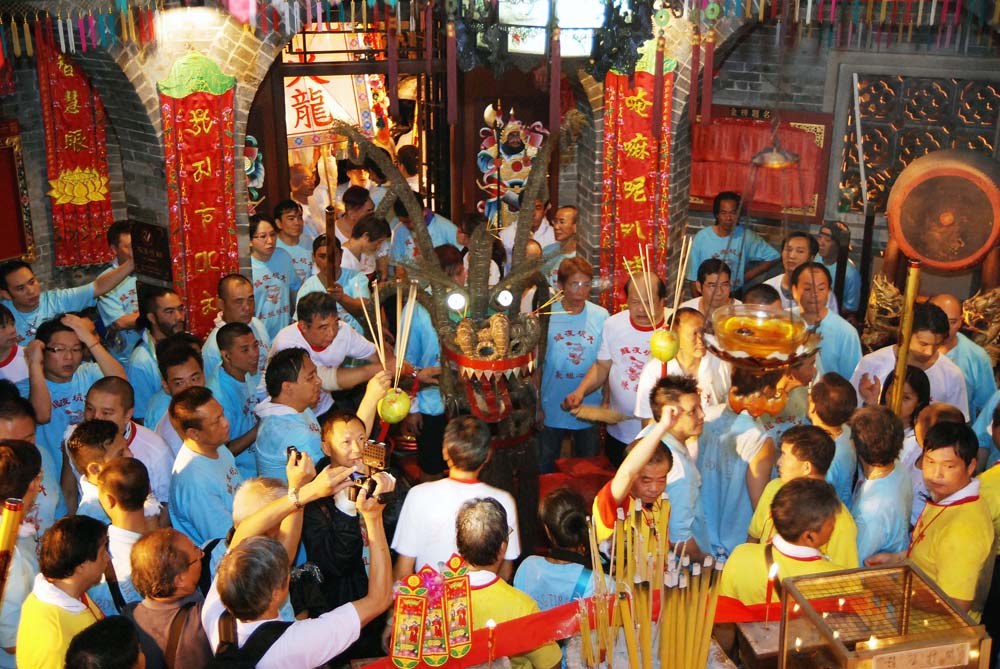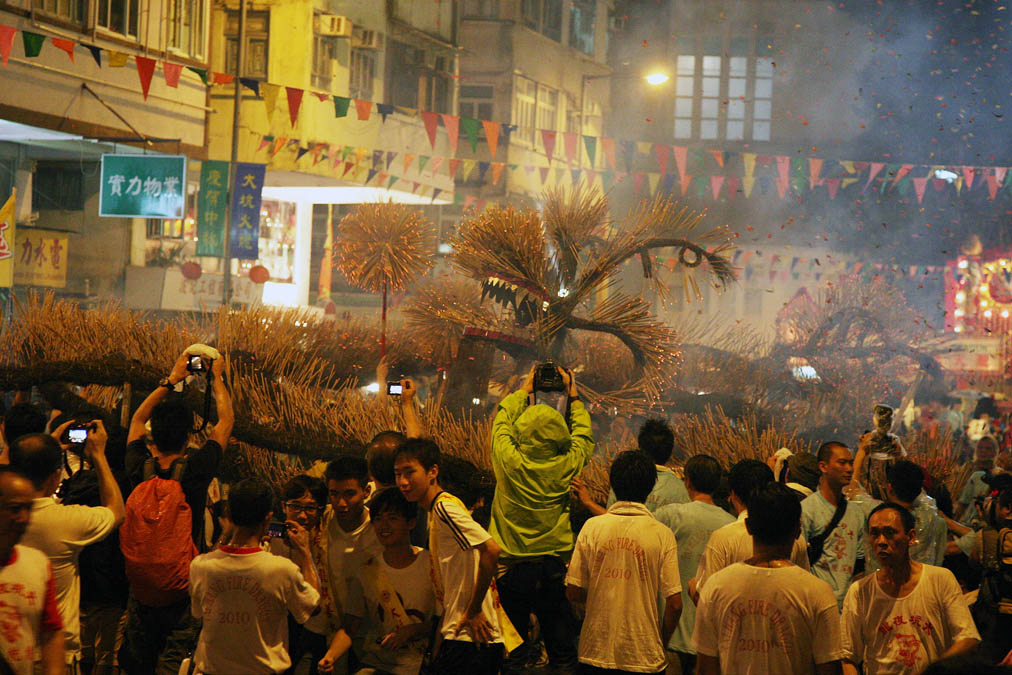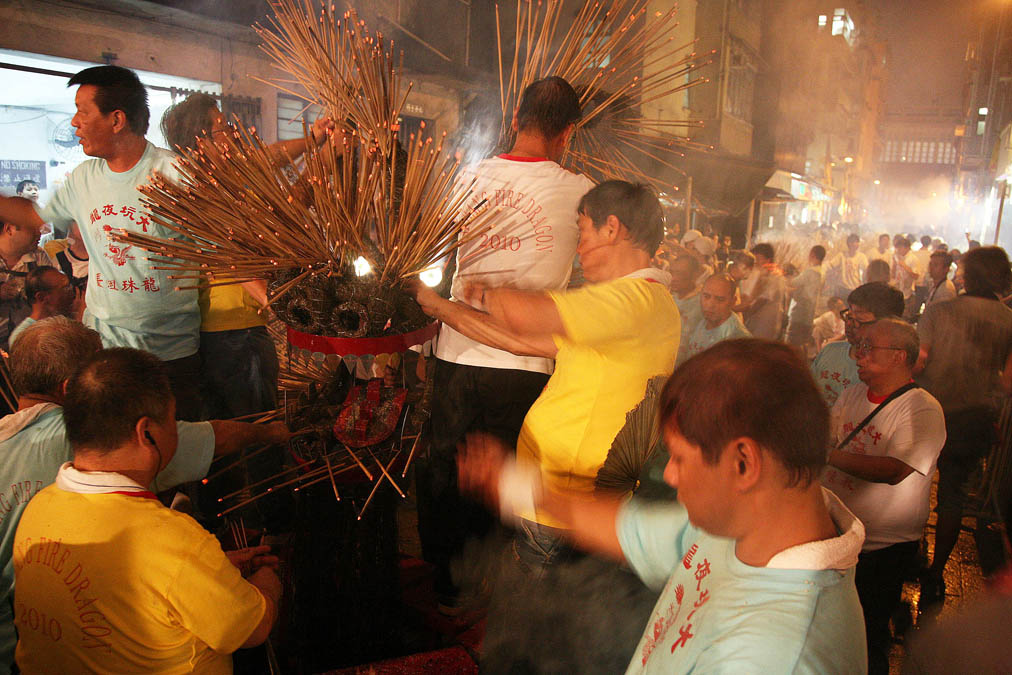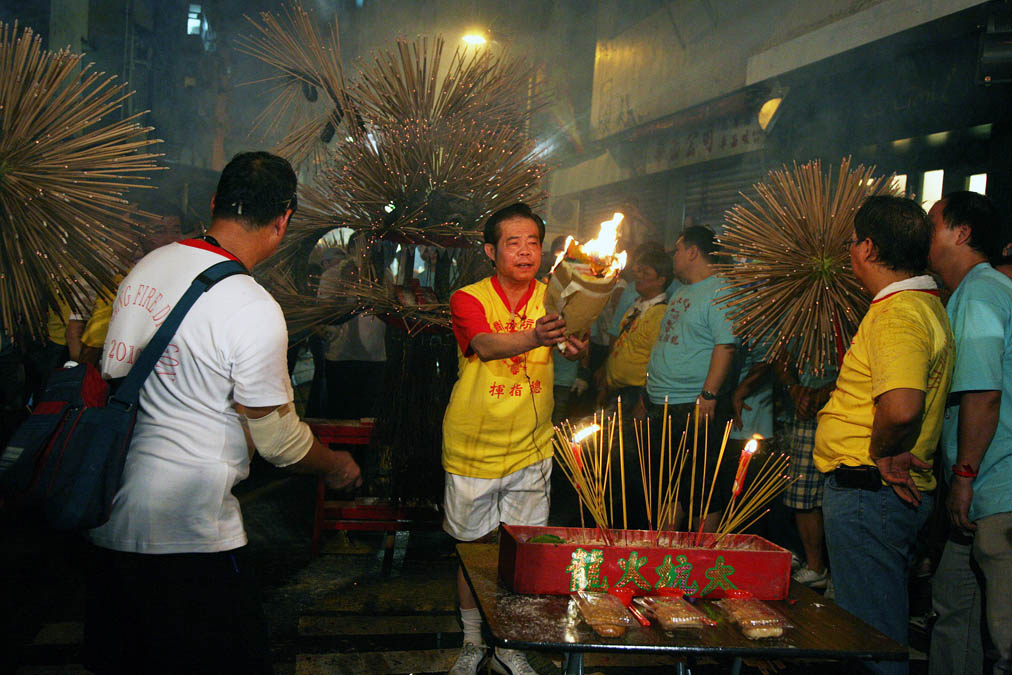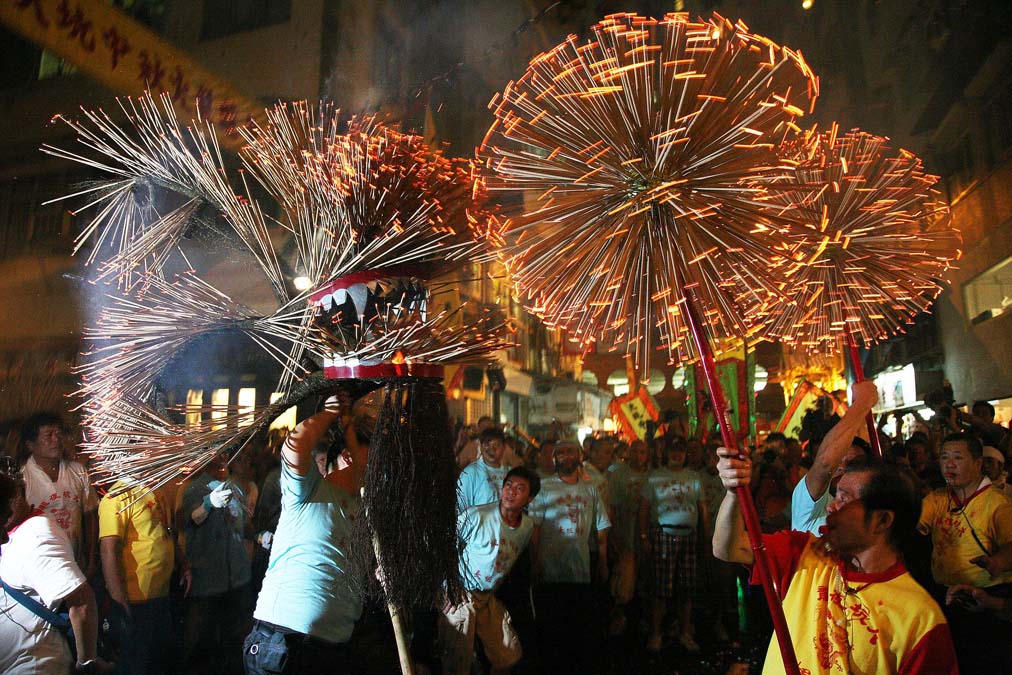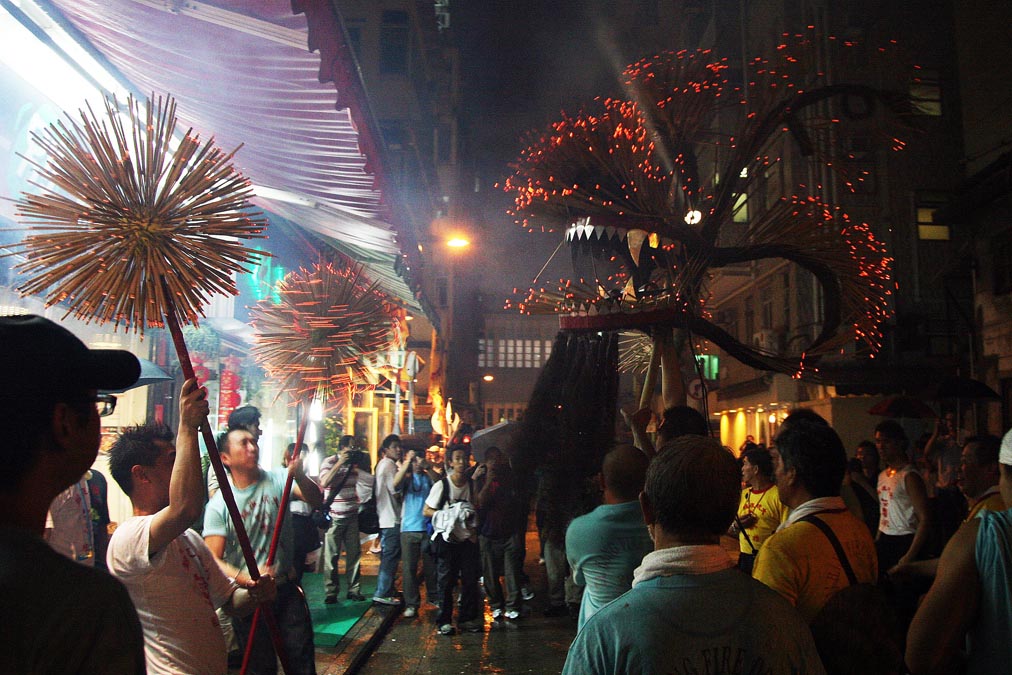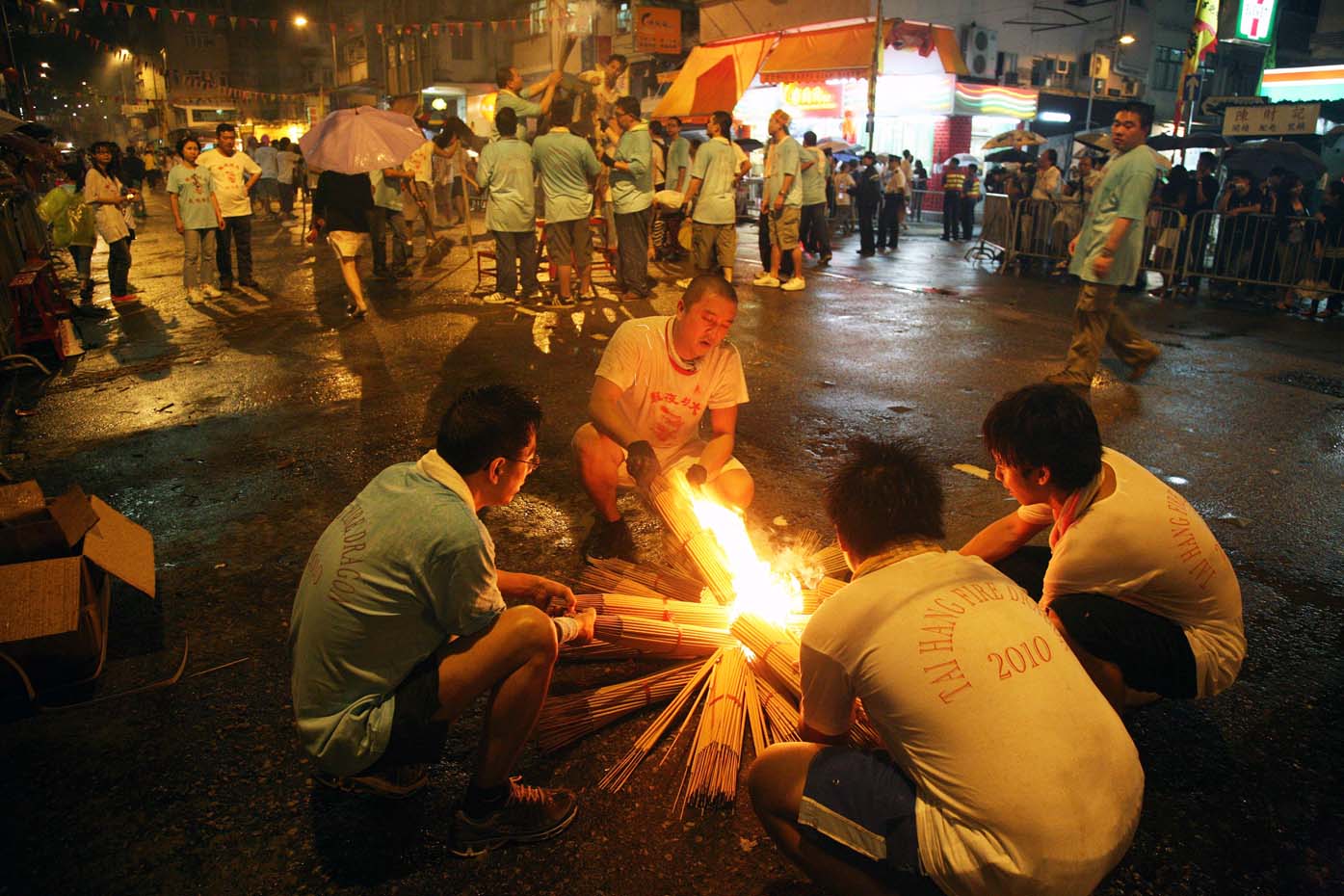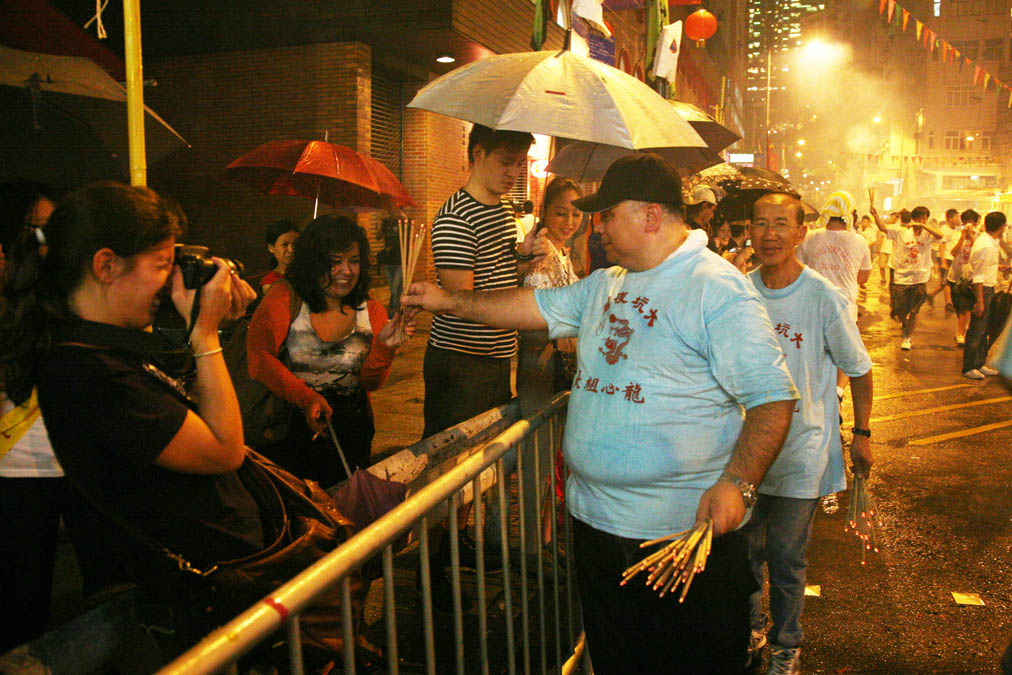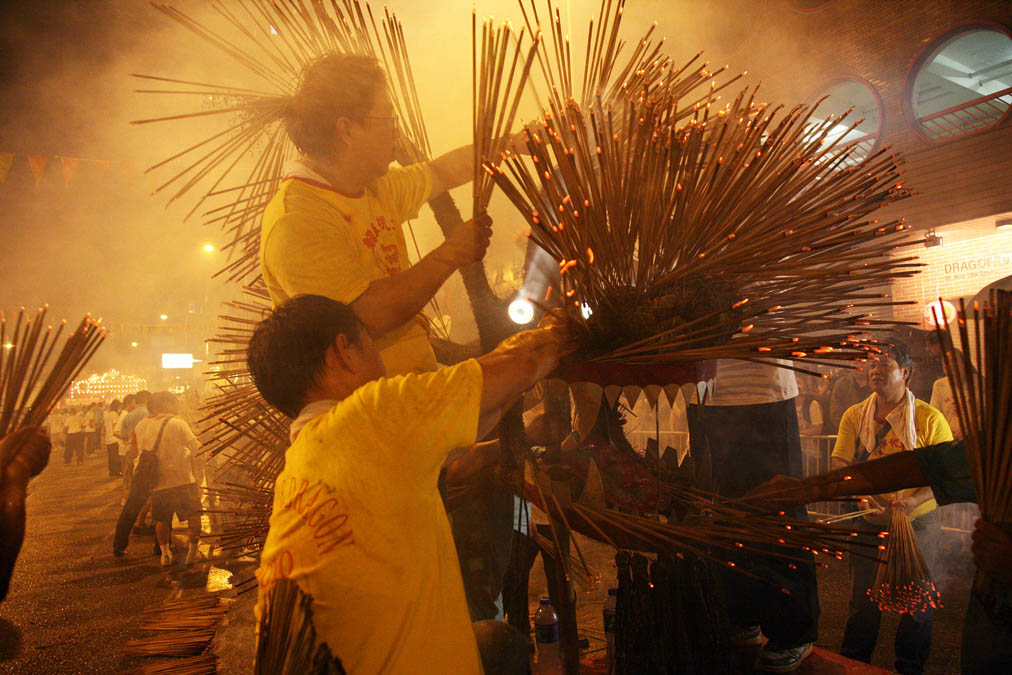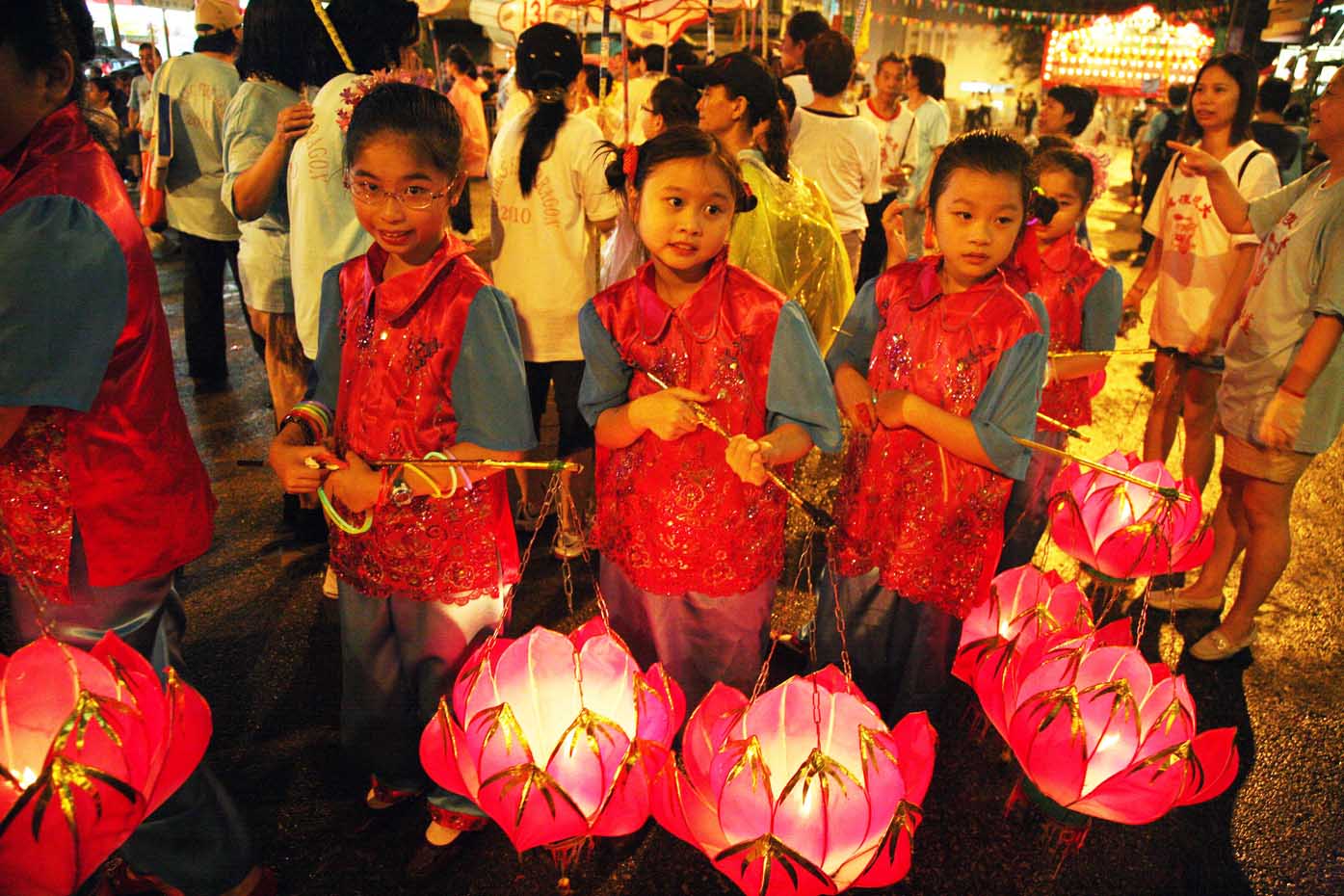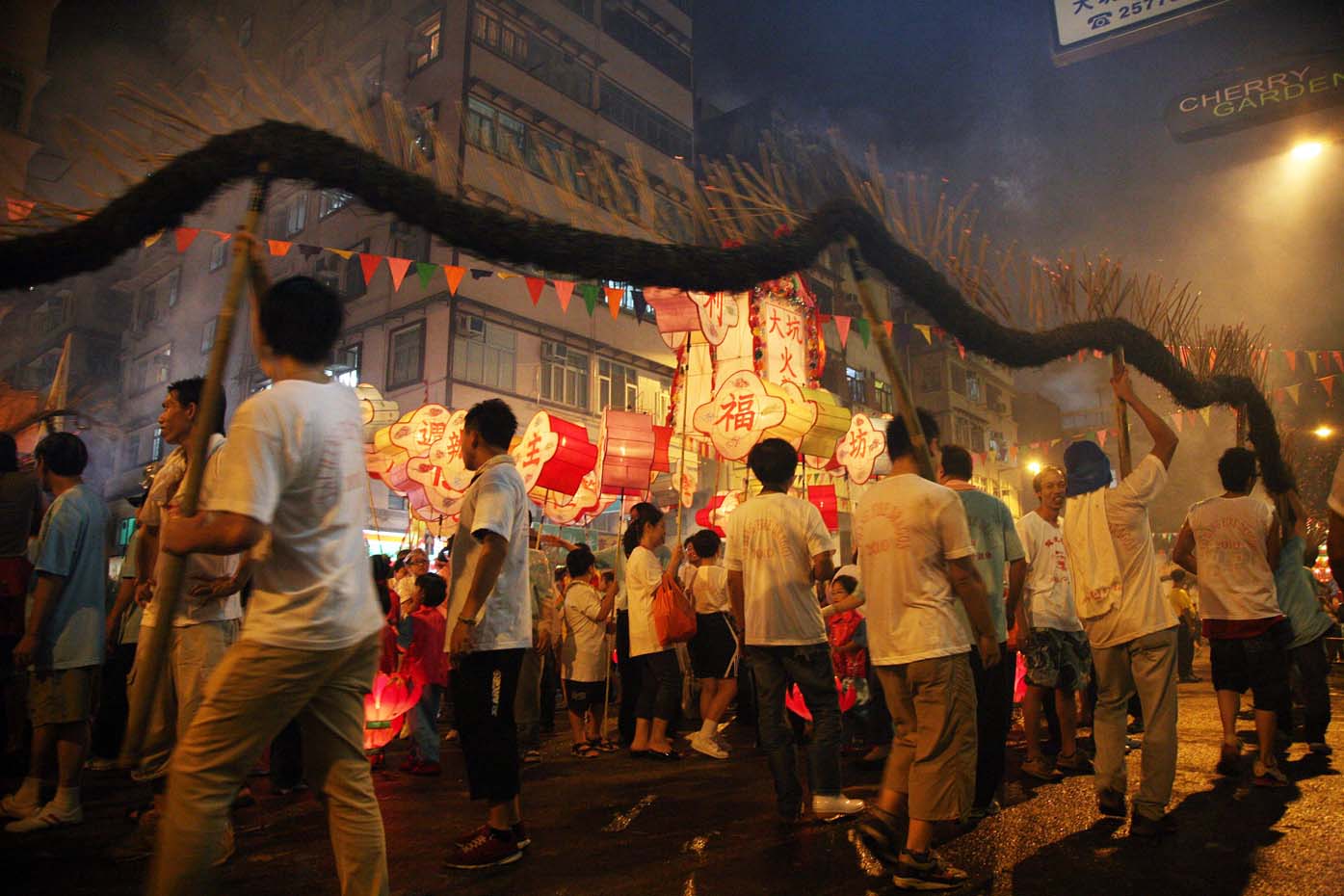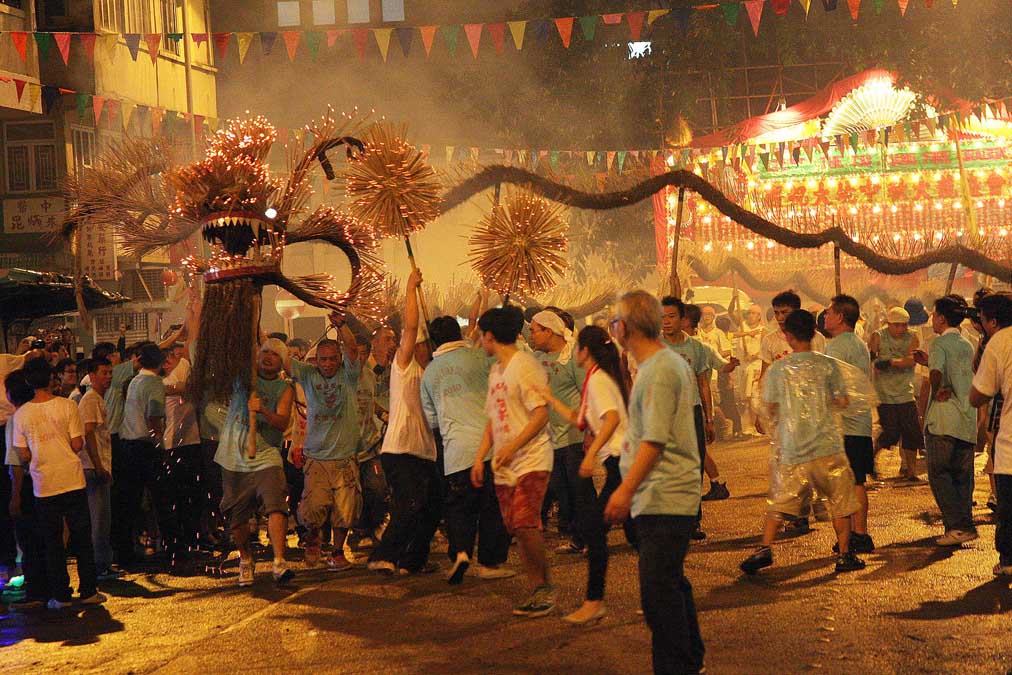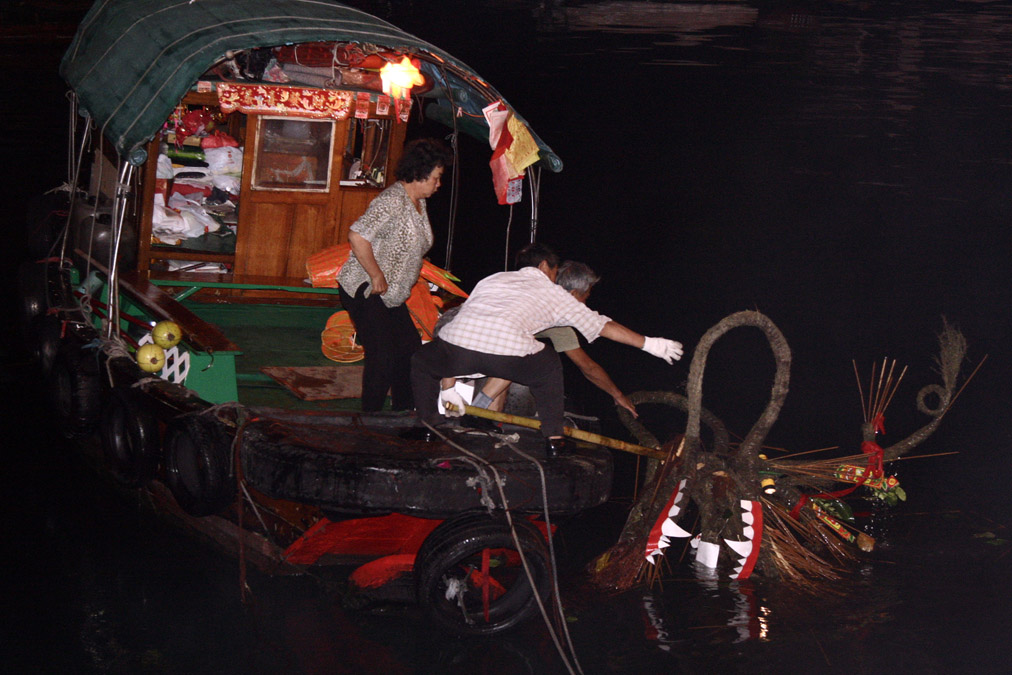-
History & Society
- Education in Pre-war Hong Kong
- History of Taikoo Sugar Refinery
- Hong Kong Products Exhibition
- Local Festivals Around the Year
- Post-war Industries
- Pre-war Industry
- The Hong Kong Jockey Club Archives
- Tin Hau Festival
- Memories We Share: Hong Kong in the 1960s and 1970s
- History in Miniature: The 150th Anniversary of Stamp Issuance in Hong Kong
- A Partnership with the People: KAAA and Post-war Agricultural Hong Kong
- The Oral Legacies (I) - Intangible Cultural Heritage of Hong Kong
- Hong Kong Currency
- Hong Kong, Benevolent City: Tung Wah and the Growth of Chinese Communities
- The Oral Legacies Series II: the Representative List of the Intangible Cultural Heritage of Hong Kong
- Braving the Storm: Hong Kong under Japanese Occupation
- A Century of Fashion: Hong Kong Cheongsam Story
Geography & EnvironmentArt & Culture- Calendar Posters of Kwan Wai-nung
- Festival of Hong Kong
- Ho Sau: Poetic Photography of Daily Life
- Hong Kong Cemetery
- Sketches by Kong Kai-ming
- The Culture of Bamboo Scaffolding
- The Legend of Silk and Wood: A Hong Kong Qin Story
- Journeys of Leung Ping Kwan
- From Soya Bean Milk To Pu'er Tea
- Applauding Hong Kong Pop Legend: Roman Tam
- 他 FASHION 傳奇 EDDIE LAU 她 IMAGE 百變 劉培基
- A Eulogy of Hong Kong Landscape in Painting: The Art of Huang Bore
- Imprint of the Heart: Artistic Journey of Huang Xinbo
- Porcelain and Painting
- A Voice for the Ages, a Master of his Art – A Tribute to Lam Kar Sing
- Memories of Renowned Lyricist: Richard Lam Chun Keung's Manuscripts
- Seal Carving in Lingnan
- Literary Giant - Jin Yong and Louis Cha
-
History & SocietyGeography & EnvironmentArt & Culture
-
View Oral History RecordsFeatured StoriesAbout Hong Kong Voices
-
Hong Kong MemoryLocal Festivals Around the YearRecently Visited
Moon Festival Fire Dragon Dance
-
The 14th – 16th day of the 8th month of the Lunar Calendar
The fire dragon dance is a traditional folk custom from Guangdong province. It can still be witnessed at two places in Hong Kong; Tai Hang and Pokfulam Village on Hong Kong Island. Both places had the fire dragon dance in the evening of the Mid-autumn Festival. At Tai Hang the dance lasted for three nights – the 14th to 16th of the 8th Lunar month. Since Tai Hang is located downtown, the event attracted many citizens and tourists and it had become a Mid-autumn Festival celebration activity. It was added to the third national Intangible Cultural Heritage list in 2010.
-
The legend of the fire dragon dance
Tai Hang was once a Hakka village. The tale goes that a serpent attacked the village after a typhoon in 1880 and was killed by the villagers after a typhoon hit in 1880. At that night, the villagers took the body of the serpent to the police station, but it disappeared next morning. After that, a plague spread and claimed the lives of many young villagers, which made the villagers panic. An elder in the village had a prophetic dream telling him that the plague could be driven away if the villagers made a dragon out of straw and incense sticks and paraded it around the village while lighting fire crackers, and so the villagers followed suit. The sulfur in the fire crackers and the smoke from the incenses were indeed able to drive away the disease. Since then, the Tai Hang residents perform the Fire Dragon Dance for blessings every year, and it has been practiced for more than a hundred years till now.
-
How to Make the Dragon
The body of Tai Hang fire dragon was 220 feet long, or 24 feet including head and rope. The body was divided into 32 straw stuffed segments. The dragon’s head was the most delicate part: baked willow wickers for the frame, paper for teeth, and torches for eyes. Each segment was controlled by a bamboo pole held by one dancer. Since more than 300 men were required to take turn, such performance has become an activity for the whole community’s participation.
-
Dragon Dance
At 7:00 pm on the first night, people from the Tai Hang Welfare Association went to the lotus temple and prayed to Kwun Yam. The chief commander of the fire dragon dance consecrated the straw dragon in Hakka and prays for peace, safety, and good fortune. Later on, the dragon was decorated and inserted with thousands of incenses sticks, so it is known as the “Fire Dragon.” After the praying ceremony, the Fire Dragon led by the dragon balls would leave the Wun Sha Street and paraded through the main streets in Tai Hang. The Fire Dragon looked amazingly beautiful surrounded by smokes and sparkles in the darkness at night.
At 9:15 pm, the staff removed the used incense sticks from the dragon and gave away the still burning incense sticks to the crowd to bring home. Then the dragon began to dance again through the streets. This time the dancers showed more fancy moves like “dragon circles with colorful lights”, “dragon crosses the bridge”, “dragon dances around two poles”, “dragon-twining makes pyramids”, etc. The event ended at 10:00 pm.
-
Dragon Returns to Heaven
The procedure on the second and third night was similar to the first except the “dragon returns to Heaven” ceremony at the end. The members of the Tai Hang Welfare Association would send the dragon to Waterfall Bay at Causeway Bay by car and then put on new incenses sticks, torches and paper-teeth again to “awaken the dragon”. After the ritual ceremony, they threw the fire-dragon together with the lanterns and paper cards into the sea, symbolizing the dragons returning to sea while taking the misfortune (plague) away. Since polluting the sea water and blocking other ships was not approved by the government, the dragon stayed only a short period of time before it is salvaged by ships.
-
Meaning of the Custom
The fire-dragon dance is a celebration event that unite the whole community and promotes fraternity, but it is difficult to preserve this tradition partly because the dragon makers in the village are of old age with no successors, and there are not many young people in Tai Hang. Helpers from outside the community are thus needed. The Tai Hang Welfare Association is also considering breaking the tradition to include woman performers in the dance.
Copyright © 2012 Hong Kong Memory. All rights reserved. -






